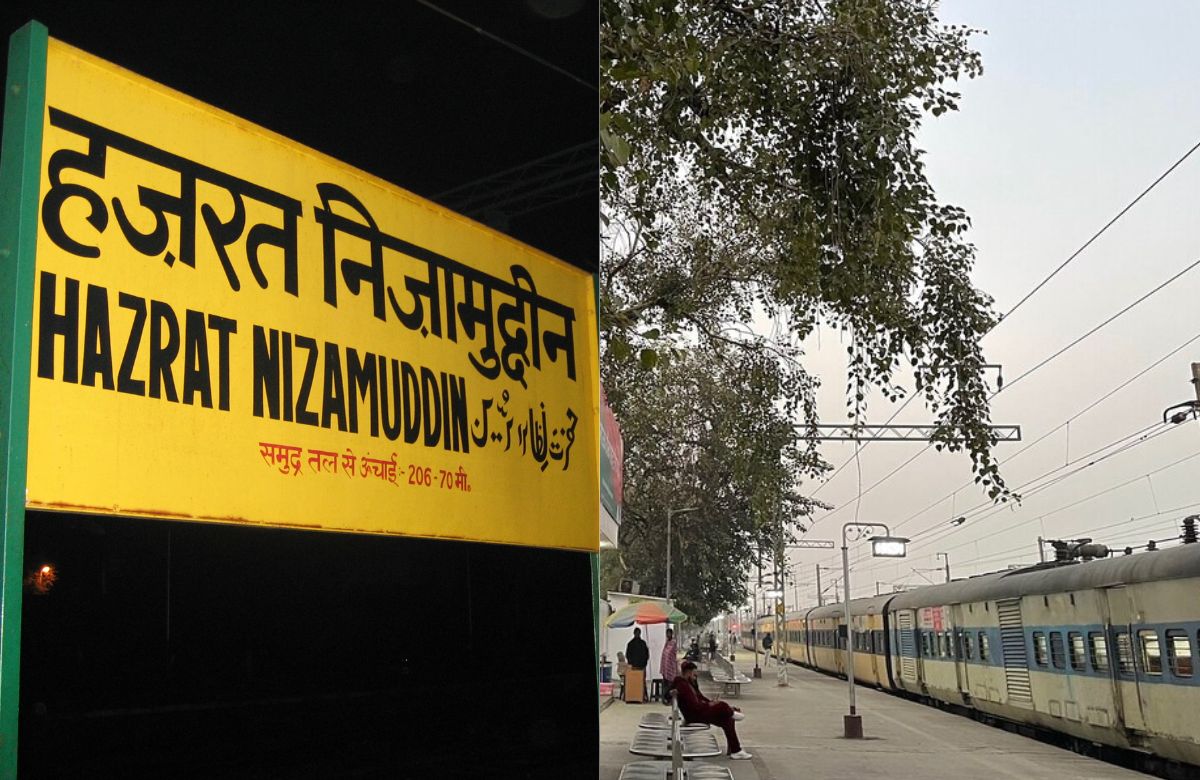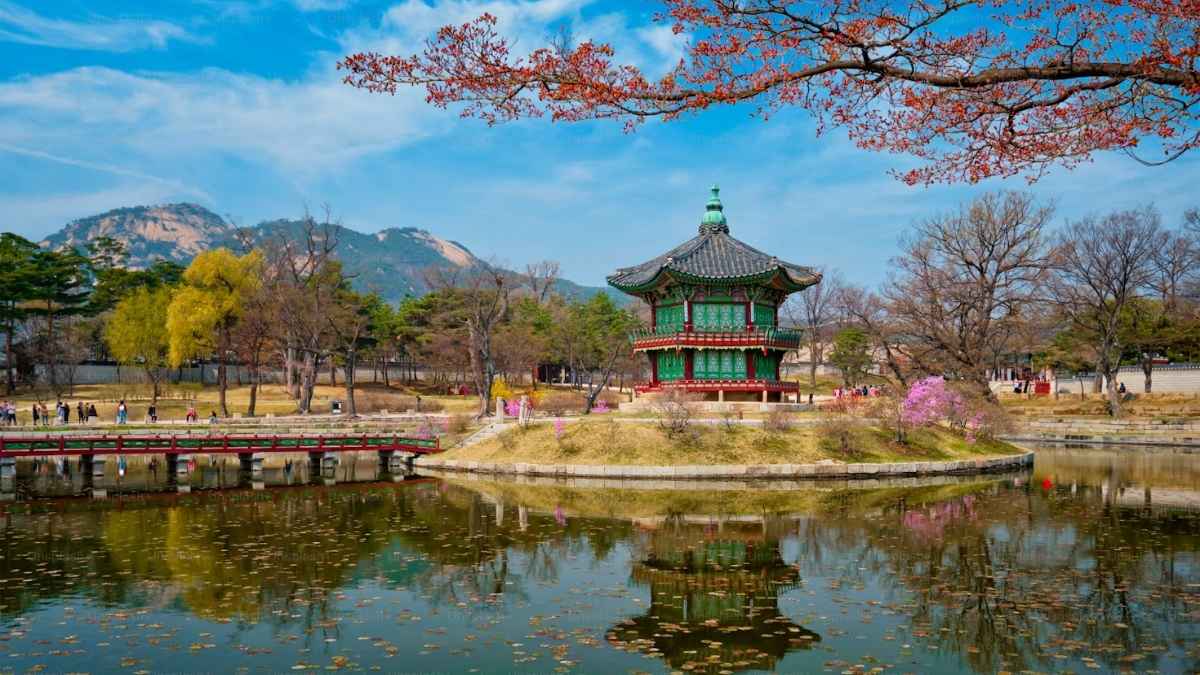Nestled in the heart of India’s capital, New Delhi, Hazrat Nizamuddin Railway Station stands as a symbol of historical significance. With its rich history, diverse architecture, and bustling activity, the station has played a pivotal role in the development of Delhi and the nation’s railway network. But mostly, it stands as a microcosm of India’s journey through time.
A Site Of Historical Prominence
Hazrat Nizamuddin Railway station celebrating 69th Republic Day. pic.twitter.com/oUBKLz5gCW
— DRM Delhi NR (@drm_dli) January 25, 2018
As a prominent railway junction, Hazrat Nizamuddin Station connects various regions of India through an extensive rail network. It serves as a vital link between the northern and southern parts of the country. But mostly, it’s the history that makes the station a standout.
Hazrat Nizamuddin Railway Station’s roots can be traced back to the British colonial era, as railways began to crisscross India. It was established in the late 19th century and has since witnessed the shifting tides of time. As the threads of the past are interwoven with the fabric of the future, here are some historical facts about the station that you must know of.
Also Read: Delhi’s Nehru Memorial Museum And Library Renamed By Central Government. Now It Is Called…
Facts About Hazrat Nizamuddin Railway Station
- The station’s name pays homage to Hazrat Nizamuddin Auliya, a 14th-century Sufi saint known for his teachings of spiritual unity and tolerance.
- The architecture of Hazrat Nizamuddin Railway Station is a blend of contemporary designs and traditional motifs.
- The station’s facade boasts a unique mix of Mughal and contemporary elements, reflecting the city’s diverse cultural influences.
- The intricate marble work and arches resonate with Mughal aesthetics.
- While the station’s modern infrastructure underscores its relevance in the 21st century.
- Adjacent to the station lies the revered Dargah of Hazrat Nizamuddin Auliya, which attracts devotees and visitors from different walks of life.
- Sufi Qawwali music often resonates through the air, adding to the station’s cultural richness.
- The station has heritage train services that carry a touch of nostalgia. The “Nizamuddin Duronto Express” and the “Golden Temple Mail” are examples of trains.
- The station’s premises boast artwork and murals that depict the rich history and culture of the region. These elements contribute to creating an atmosphere of cultural vibrancy.
Even now, Hazrat Nizamuddin Railway Station’s architecture tells the tale of bygone eras, while its bustling activity highlights its role as a crucial transportation hub.
Cover image credits: Wikimedia Commons
First Published: August 16, 2023 8:03 PM




